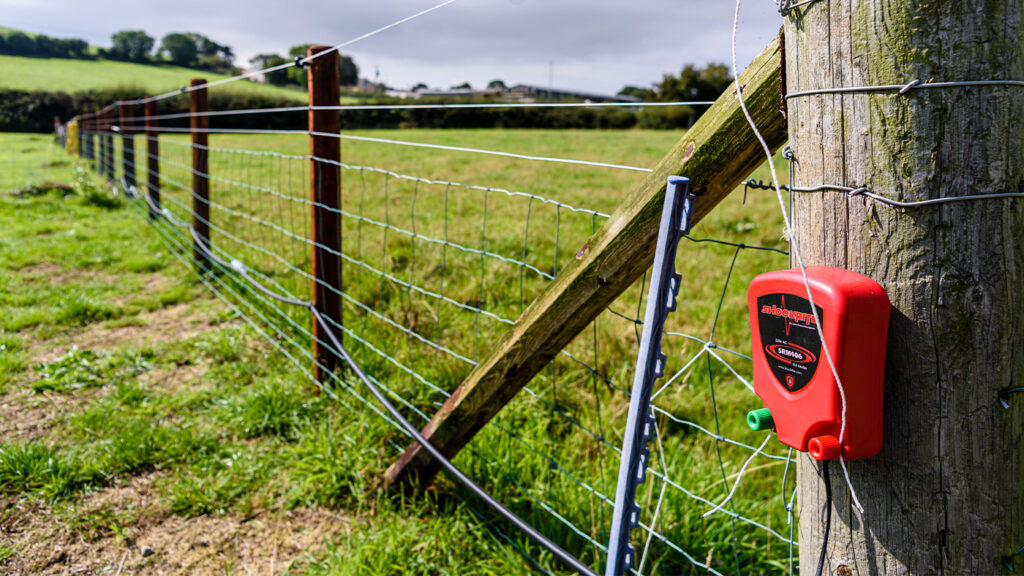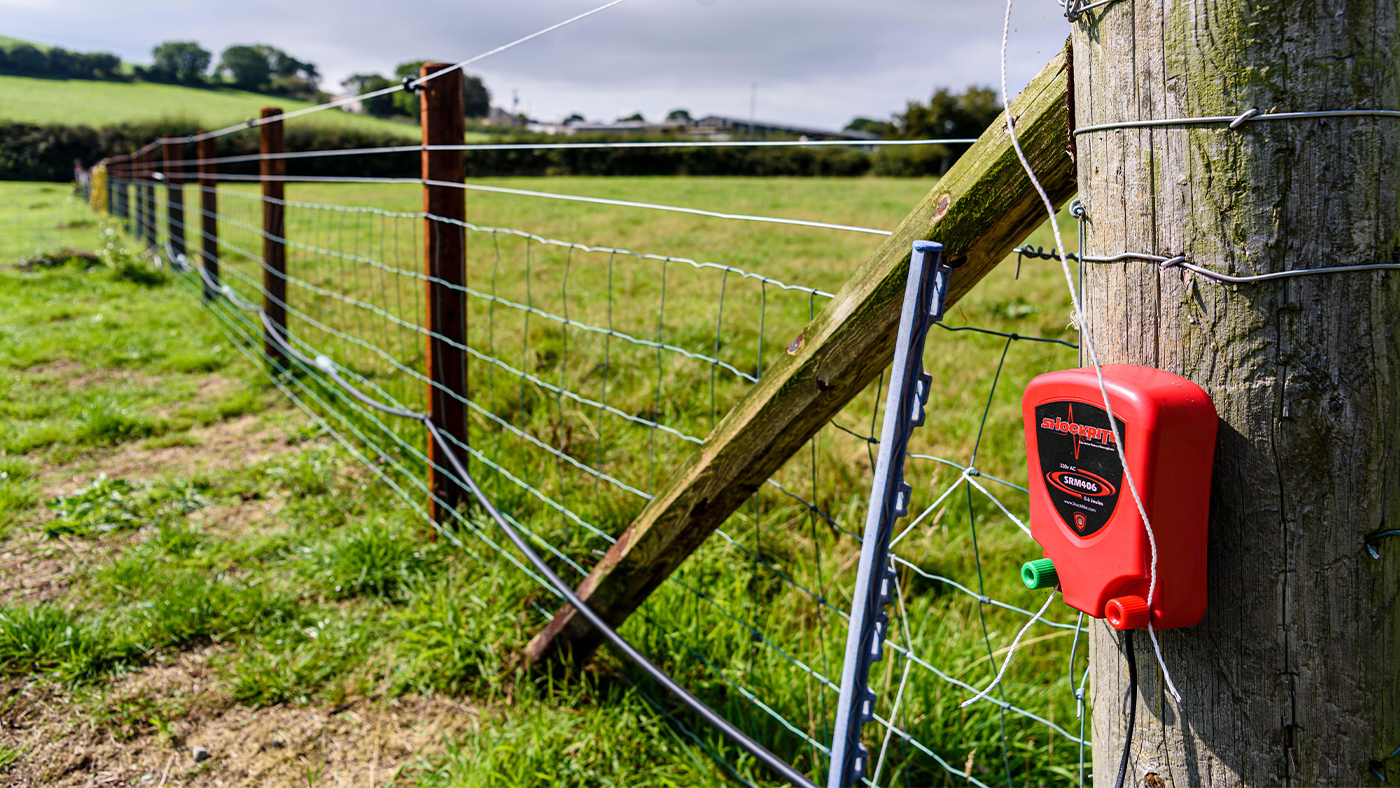
Electric Paddock Fencing: A Comprehensive Guide for Safe and Effective Livestock Management
Effective livestock management hinges on secure and reliable fencing. Electric paddock fencing has emerged as a popular and efficient solution for containing animals while promoting pasture rotation and overall farm health. This comprehensive guide will delve into the intricacies of electric paddock fencing, covering its benefits, components, installation, maintenance, and safety considerations.
Why Choose Electric Paddock Fencing?
Electric paddock fencing offers numerous advantages over traditional fencing methods. Its primary benefit lies in its psychological barrier, discouraging animals from challenging the fence. A brief, but memorable shock teaches livestock to respect the boundaries, reducing the risk of escapes and injuries.
- Cost-Effectiveness: Electric paddock fencing typically requires less material than traditional fencing, leading to lower initial costs. Furthermore, its ease of installation and maintenance can save significant time and labor.
- Improved Pasture Management: By dividing pastures into smaller paddocks, electric paddock fencing facilitates rotational grazing. This practice allows pastures to recover and regenerate, improving forage quality and overall pasture health. [See also: Rotational Grazing Strategies for Optimal Pasture Health]
- Reduced Fence Damage: Because animals learn to avoid contact with the fence, electric paddock fencing experiences less wear and tear compared to traditional fences. This translates to reduced maintenance and longer lifespan.
- Versatility: Electric paddock fencing is adaptable to various livestock types, including cattle, horses, sheep, goats, and poultry. It can also be used in diverse terrains and climates.
- Predator Deterrent: A well-maintained electric paddock fence can deter predators from entering the pasture, protecting livestock from potential harm.
Components of an Electric Paddock Fence
An electric paddock fence consists of several key components that work together to deliver a safe and effective shock:
Energizer (Charger or Controller)
The energizer is the heart of the electric paddock fencing system. It converts standard electrical power into high-voltage pulses that are sent along the fence wires. Energizers are rated in joules, which indicate the amount of energy delivered per pulse. The appropriate joule rating depends on the fence length, the type of livestock being contained, and the vegetation contact.
Fence Wire or Tape
The fence wire or tape carries the electrical pulse along the fence line. Wire is generally more durable and suitable for permanent fences, while tape is more visible and often preferred for temporary or rotational grazing systems. Polywire, a combination of wire and polyethylene strands, is lightweight and easy to install.
Insulators
Insulators prevent the electrical current from grounding out through the fence posts. They are made of non-conductive materials such as plastic or porcelain and are essential for maintaining the effectiveness of the electric paddock fencing.
Fence Posts
Fence posts provide support for the fence wire or tape. They can be made of wood, metal, or plastic. The spacing between posts depends on the terrain and the type of livestock being contained. Corner posts and gate posts should be sturdier than line posts to withstand the tension of the fence.
Grounding System
A proper grounding system is crucial for the electric paddock fencing to function effectively. The grounding system consists of one or more ground rods driven into the earth and connected to the energizer. When an animal touches the fence, it completes the circuit, delivering a shock.
Gate Handles and Hardware
Gate handles and hardware allow for easy access to the paddock while maintaining the integrity of the electric paddock fencing. They should be insulated to prevent shocks and designed for durability.
Lightning Protection
Lightning protection is essential to protect the energizer from damage caused by lightning strikes. Lightning arresters divert the surge of electricity to the ground, preventing it from reaching the energizer. [See also: Protecting Your Farm from Lightning Strikes]
Installing Electric Paddock Fencing
Proper installation is critical for ensuring the effectiveness and safety of electric paddock fencing. Here are some general guidelines:
- Plan the Fence Layout: Determine the desired paddock size and shape, taking into account the terrain and the number of animals to be contained.
- Install Fence Posts: Space posts appropriately, ensuring that corner and gate posts are securely anchored.
- Attach Insulators: Install insulators on the posts, ensuring they are properly aligned and spaced.
- String Fence Wire or Tape: Run the wire or tape through the insulators, maintaining proper tension.
- Install the Energizer: Mount the energizer in a weatherproof location and connect it to the fence wire and grounding system.
- Install the Grounding System: Drive ground rods into the earth and connect them to the energizer.
- Test the Fence: Use a fence tester to verify that the fence is delivering the appropriate voltage.
Maintaining Electric Paddock Fencing
Regular maintenance is essential for keeping electric paddock fencing in optimal condition. Here are some key maintenance tasks:
- Check Fence Voltage: Regularly check the fence voltage with a fence tester to ensure it is within the recommended range.
- Clear Vegetation: Keep vegetation from touching the fence wire, as it can drain the electrical current.
- Inspect Insulators: Inspect insulators for damage or wear and replace them as needed.
- Tighten Fence Wire: Tighten loose fence wire to maintain proper tension.
- Maintain Grounding System: Ensure that the grounding system is properly connected and that the ground rods are free of corrosion.
- Check for Damage: Regularly inspect the fence for damage caused by weather, animals, or other factors.
Safety Considerations for Electric Paddock Fencing
While electric paddock fencing is generally safe, it is important to follow certain safety precautions:
- Use Appropriate Voltage: Select an energizer with the appropriate joule rating for the type of livestock being contained.
- Post Warning Signs: Post warning signs along the fence line to alert people to the presence of an electric paddock fence.
- Supervise Children: Keep children away from the fence to prevent accidental shocks.
- Avoid Contact with Metal Objects: Avoid touching the fence while in contact with metal objects, such as tools or vehicles.
- Never Use Household Current: Never connect the fence to household current, as this can be extremely dangerous.
- Regularly Inspect the Fence: Regularly inspect the fence for damage and make necessary repairs.
Troubleshooting Common Problems
Even with proper installation and maintenance, problems can sometimes arise with electric paddock fencing. Here are some common issues and their solutions:
- Low Voltage: Possible causes include vegetation contact, damaged insulators, a faulty energizer, or a poor grounding system.
- Fence Not Working: Check the energizer, grounding system, and fence wire for any damage or disconnections.
- Animals Escaping: Ensure that the fence voltage is adequate and that the animals are not able to jump over or crawl under the fence.
Electric Paddock Fencing for Different Livestock
The specific requirements for electric paddock fencing can vary depending on the type of livestock being contained. For example, cattle typically require a higher voltage than sheep or goats. Here are some general guidelines for different livestock types:
Cattle
Cattle require a robust electric paddock fence with a high voltage. Multiple strands of wire are recommended, with the bottom wire positioned low enough to deter calves from crawling under the fence.
Horses
Horses are more sensitive to electric shocks than cattle. Visible fence tape is often preferred over wire, as it is easier for horses to see and avoid. [See also: Safe Fencing Options for Horses]
Sheep and Goats
Sheep and goats are notorious for testing fences. A multi-strand electric paddock fence with close wire spacing is essential to prevent them from escaping. Netting or woven wire can also be used in conjunction with electric paddock fencing.
Poultry
Electric paddock fencing can be used to create portable poultry pens. Poultry netting with electrified strands is a popular option. The voltage should be low enough to avoid harming the birds but high enough to deter predators.
Conclusion
Electric paddock fencing is a versatile and cost-effective solution for managing livestock and improving pasture health. By understanding the components, installation, maintenance, and safety considerations outlined in this guide, farmers and ranchers can effectively utilize electric paddock fencing to enhance their operations. Choosing the right energizer, using quality materials, and maintaining the fence regularly are all crucial for ensuring its long-term effectiveness and the safety of both livestock and people. With proper planning and execution, electric paddock fencing can be a valuable asset for any livestock operation, contributing to improved animal welfare, pasture management, and overall farm profitability. Investing in a well-designed and maintained electric paddock fence is an investment in the future of your farm.

